Space exploration has taken us beyond the confines of our Earth, into a vast universe filled with mysteries and wonders. While some missions, like the Apollo moon landings, have captured the public’s imagination, many other important missions are not as well-known but have been crucial in advancing our understanding of the cosmos.
These unsung heroes of space exploration have gathered critical data, tested new technologies, and opened doors to new possibilities.
Pioneer 4
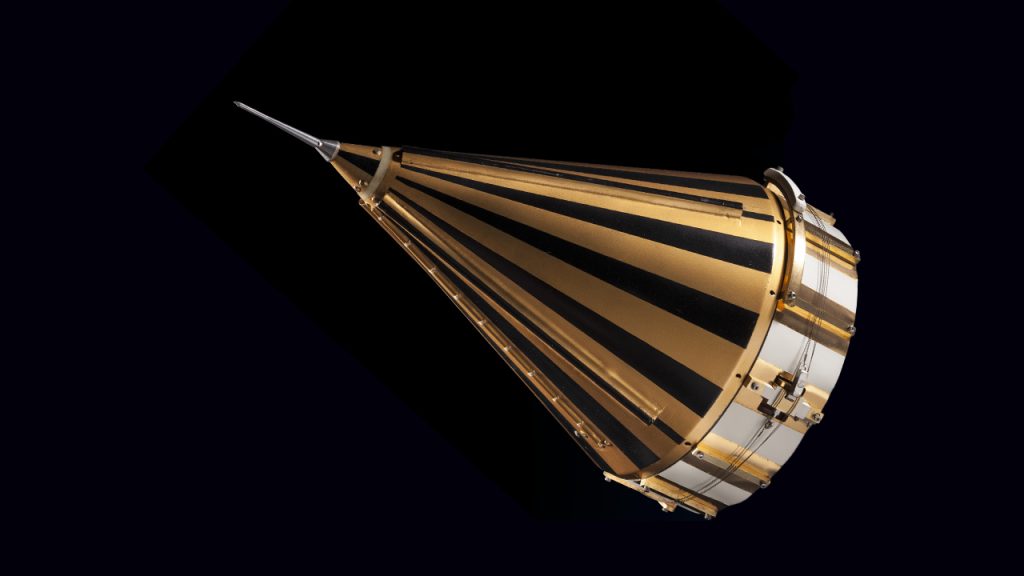
Pioneer 4 launched on March 3, 1959, and was the first U.S. spacecraft to escape Earth’s gravity and pass near the Moon. It was part of NASA’s early lunar exploration efforts and aimed to photograph the Moon during a close flyby.
Although it failed to achieve a lunar orbit or close enough approach to trigger its camera sensor, it did become the nation’s first probe to enter a heliocentric orbit. Additionally, it provided valuable data on the Van Allen Belts, contributing significantly to our understanding of Earth’s radiation environment
Venera 1

Launched by the Soviet Union on February 12, 1961, Venera 1 was the first spacecraft to attempt a flyby of Venus. While it was the first to be launched towards another planet, it lost contact with Earth a week after launch and before its closest approach to Venus.
The mission did initially transmit some data back to Earth, providing valuable information on the solar wind and cosmic rays before the communication failure occurred as it neared Venus. The spacecraft ultimately passed within about 100,000 kilometers of Venus without sending any data from this close encounter
Mariner 3
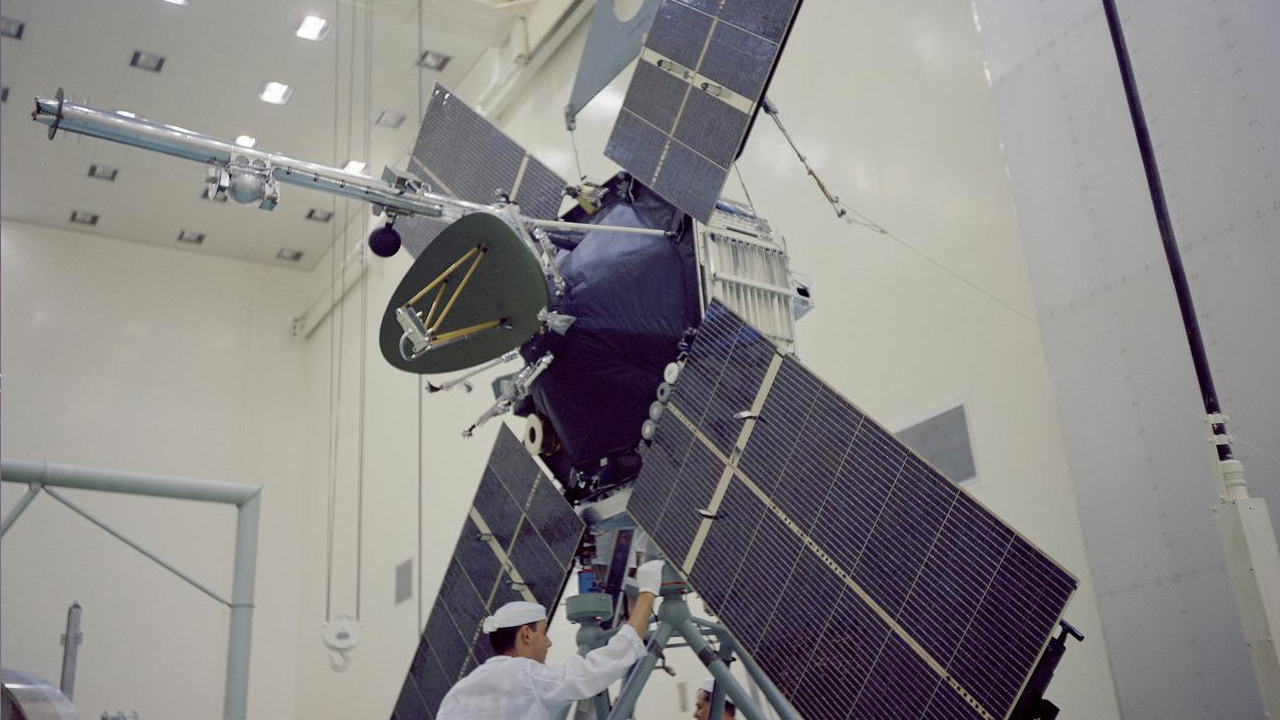
Launched by NASA on November 5, 1964, Mariner 3 was designed to fly by Mars and send back data about its atmosphere and surface. Unfortunately, the mission was unsuccessful due to a failure of the launch shroud to open properly, which prevented the solar panels from deploying and the spacecraft from reaching its intended trajectory.
Despite this failure, the Mariner 3 mission provided important lessons that contributed to the success of subsequent missions, including Mariner 4, which successfully captured the first close-up images of Mars.
Zond 1
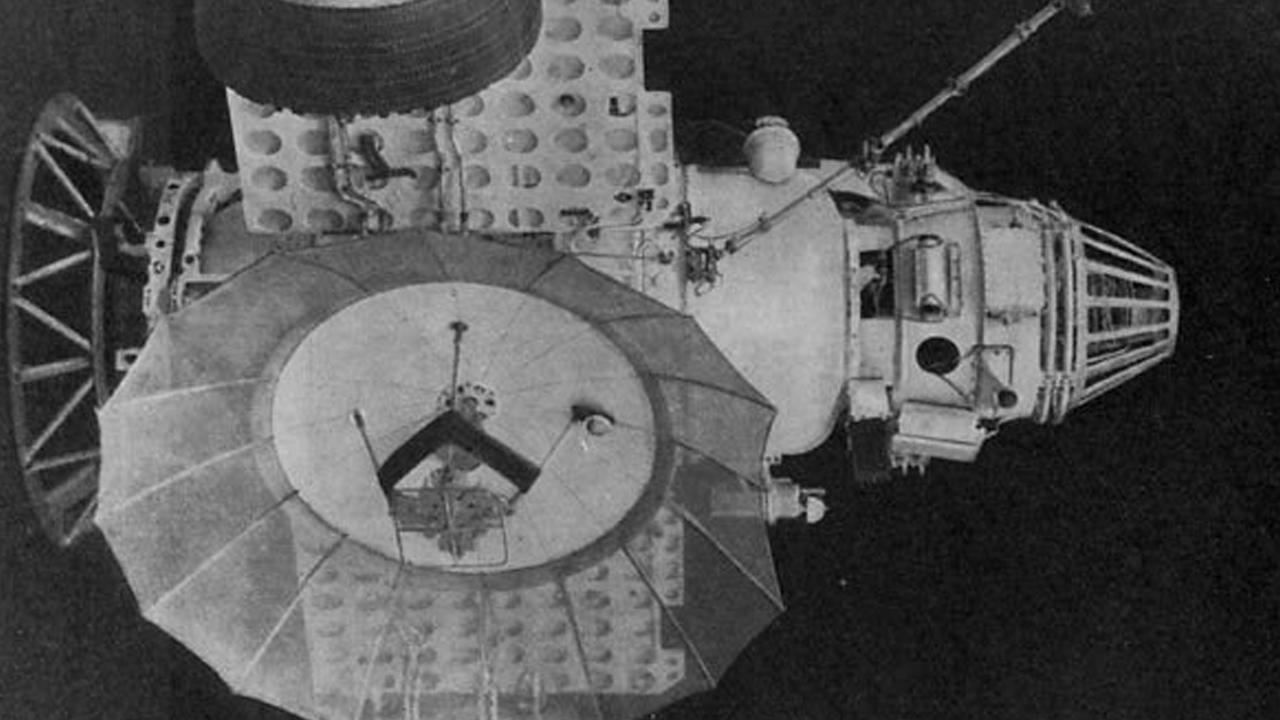
Zond 1, launched by the Soviet Union on April 2, 1964, was intended to fly by Venus and conduct scientific observations. However, the spacecraft experienced multiple technical failures, including a malfunction in its communications system that prevented it from sending back significant data after its launch. Despite these issues, Zond 1 represented an early effort to use gravity-assist techniques and contributed to the development of interplanetary mission technology.
Explorer 33
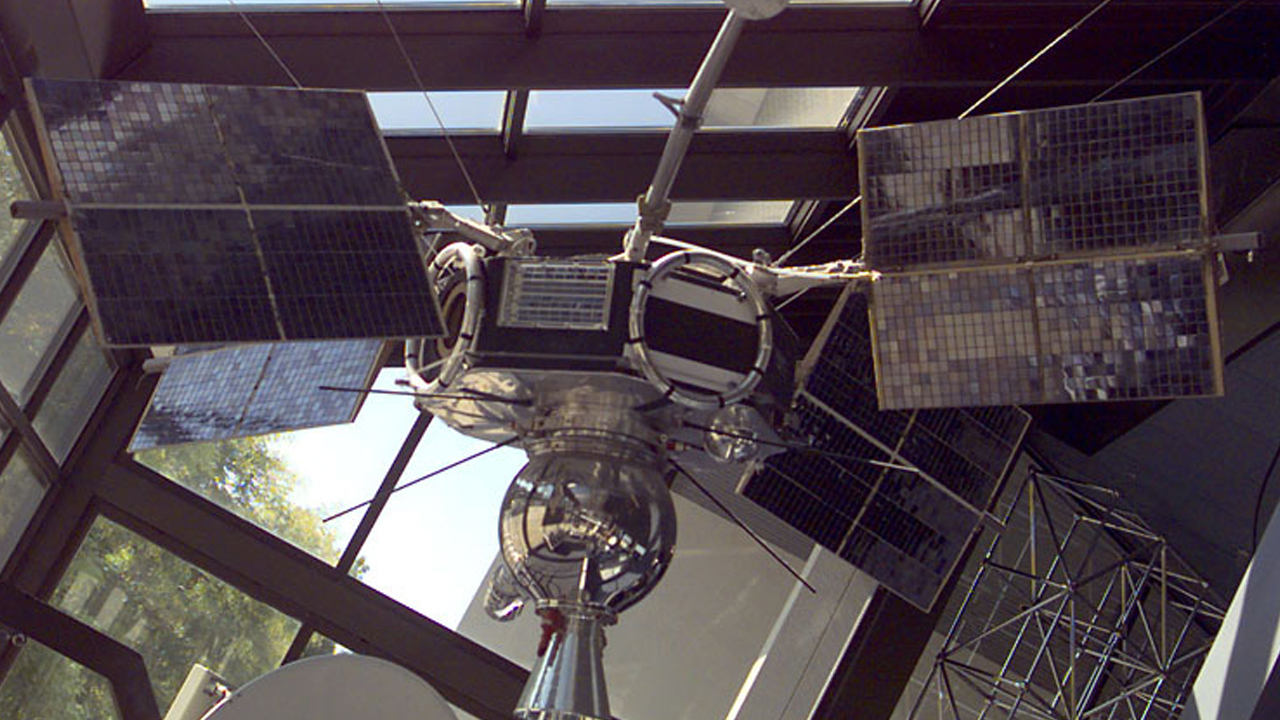
Explorer 33 was part of NASA’s effort to study the space environment around Earth and the Moon. Launched on July 1, 1966, it was initially intended to orbit the Moon but remained in Earth orbit due to a malfunction. Despite this, the mission provided valuable data on solar wind and geomagnetic storms, contributing significantly to our understanding of space weather and its effects on Earth.
Luna 5
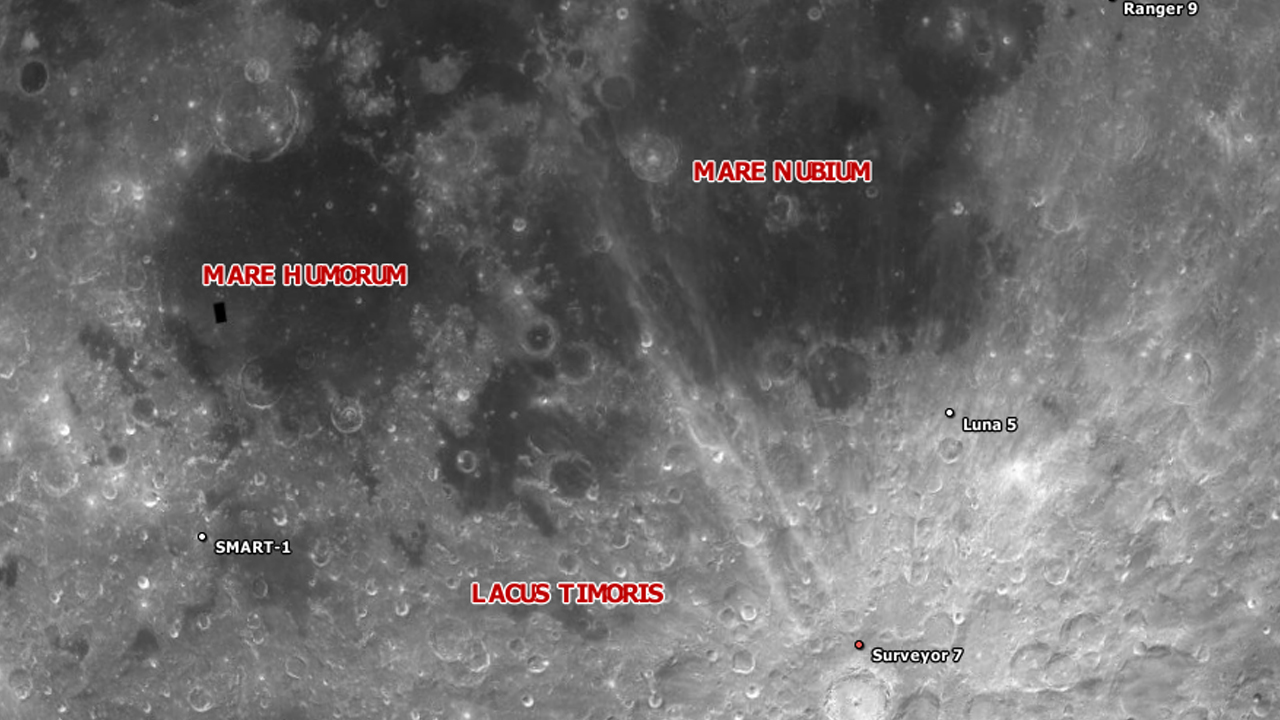
The Soviet Luna 5 mission, launched on May 9, 1965, aimed to achieve a soft landing on the Moon. However, the mission ended in failure due to a malfunction in the guidance system, resulting in the spacecraft crashing onto the lunar surface. Luna 5 was part of the series of Luna missions that were crucial in developing the technology for soft lunar landings, paving the way for future successes.
Surveyor 4
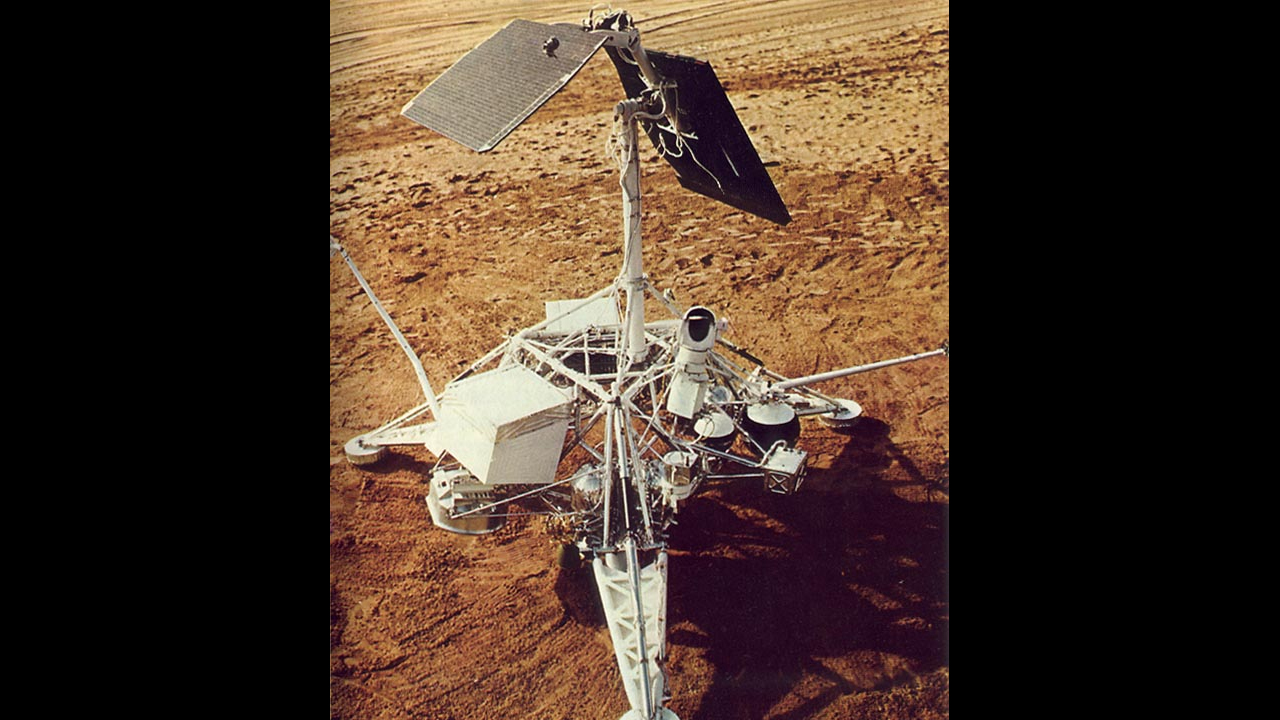
Launched by NASA on July 14, 1967, Surveyor 4 was designed to soft-land on the Moon and send back images and data. Unfortunately, communication with the spacecraft was lost just minutes before its scheduled landing, likely due to an explosion. Despite this, the Surveyor program, including Surveyor 4, gathered critical data for the planning of the Apollo missions.
OGO-1 (Orbiting Geophysical Observatory 1)

Launched on September 4, 1964, OGO-1 was the first in a series of satellites designed to study Earth’s magnetic environment and how it is affected by the Sun. The data collected by OGO-1 and subsequent OGO missions have been fundamental in understanding space weather and its impact on our planet.
Pioneer 6
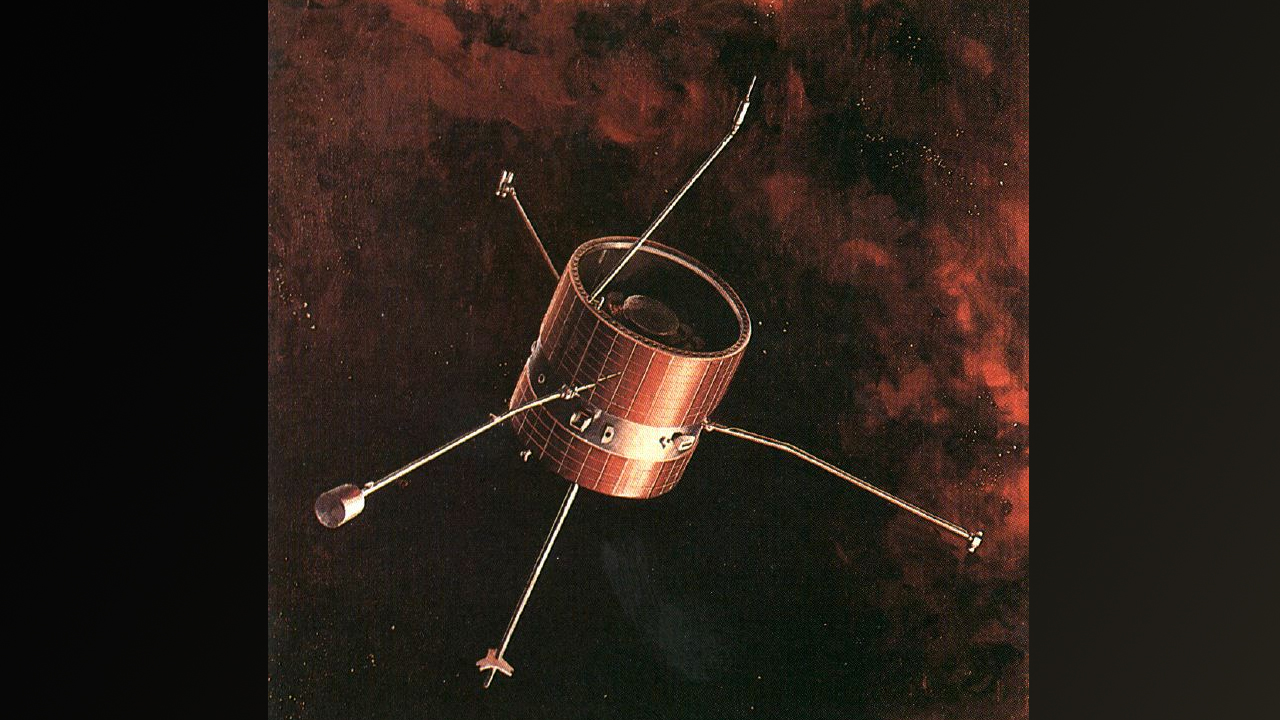
Launched on December 16, 1965, Pioneer 6 was part of a series of solar observatories. It provided valuable data on solar wind, solar flares, and cosmic rays, contributing to our understanding of the Sun and space weather. Remarkably, Pioneer 6 holds the record for being one of the oldest operational spacecraft, as it continued to send data until the late 1990s.
The spacecraft was last contacted successfully on December 8, 2000, to commemorate its 35th anniversary, but no further communication has been established since then.
Vela 3
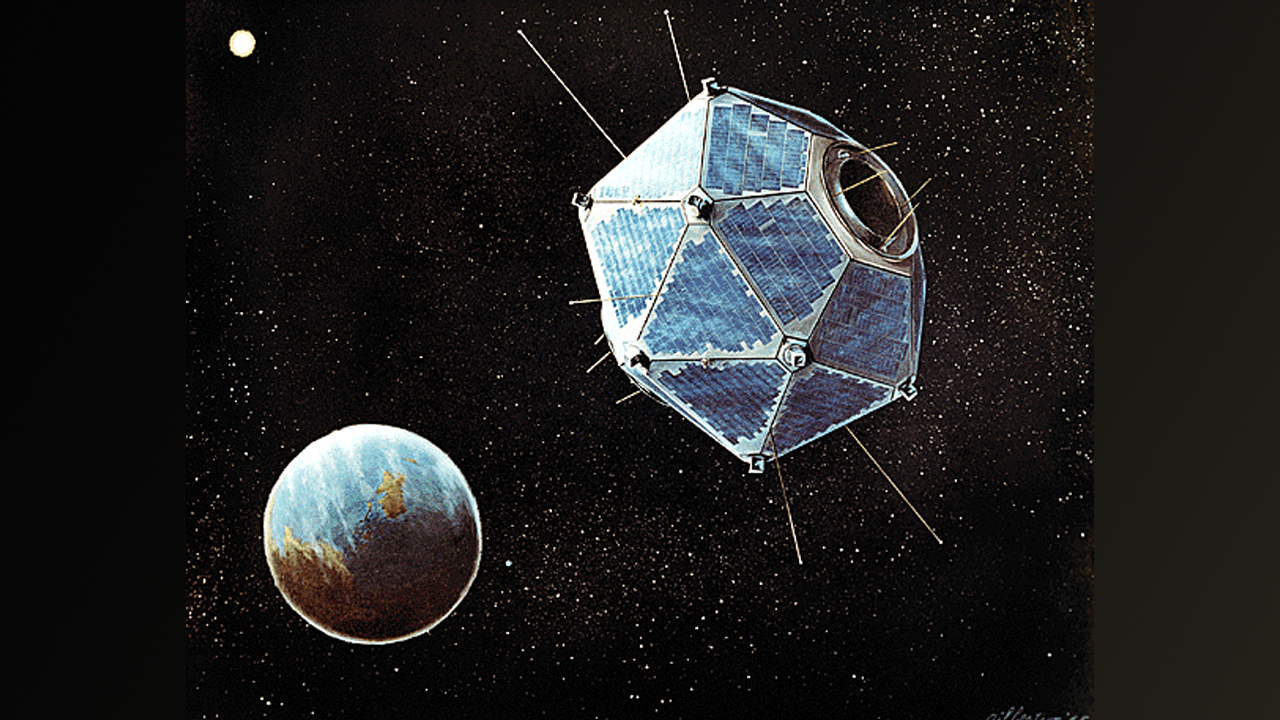
The Vela satellites, launched in the 1960s, were initially designed to monitor compliance with the 1963 nuclear test ban treaty. However, they also made significant contributions to astronomy by detecting cosmic gamma-ray bursts, a discovery that opened up a new field of study in high-energy astrophysics.
Mariner 5
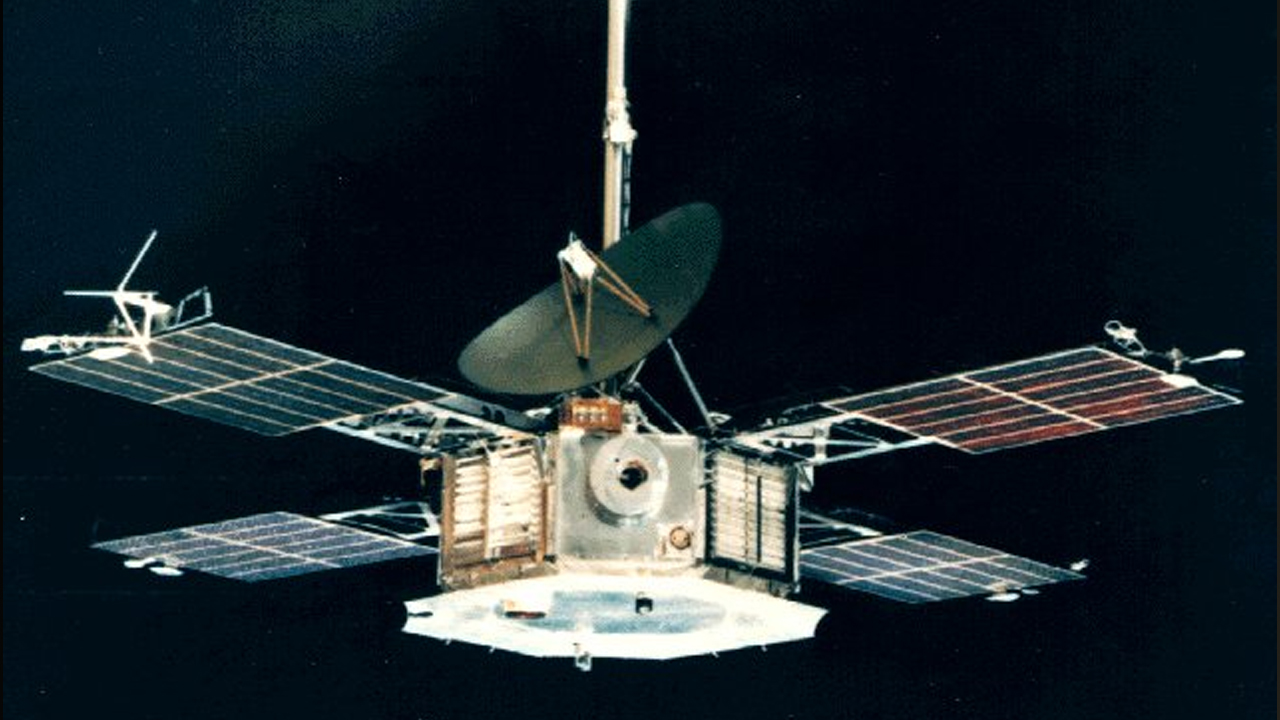
Following the partial success of Mariner 4, Mariner 5 was sent to Venus and successfully launched on June 14, 1967. It transmitted detailed information about Venus’s atmosphere and solar wind interactions, proving critical to understanding the extreme conditions on Venus.
Helios 1
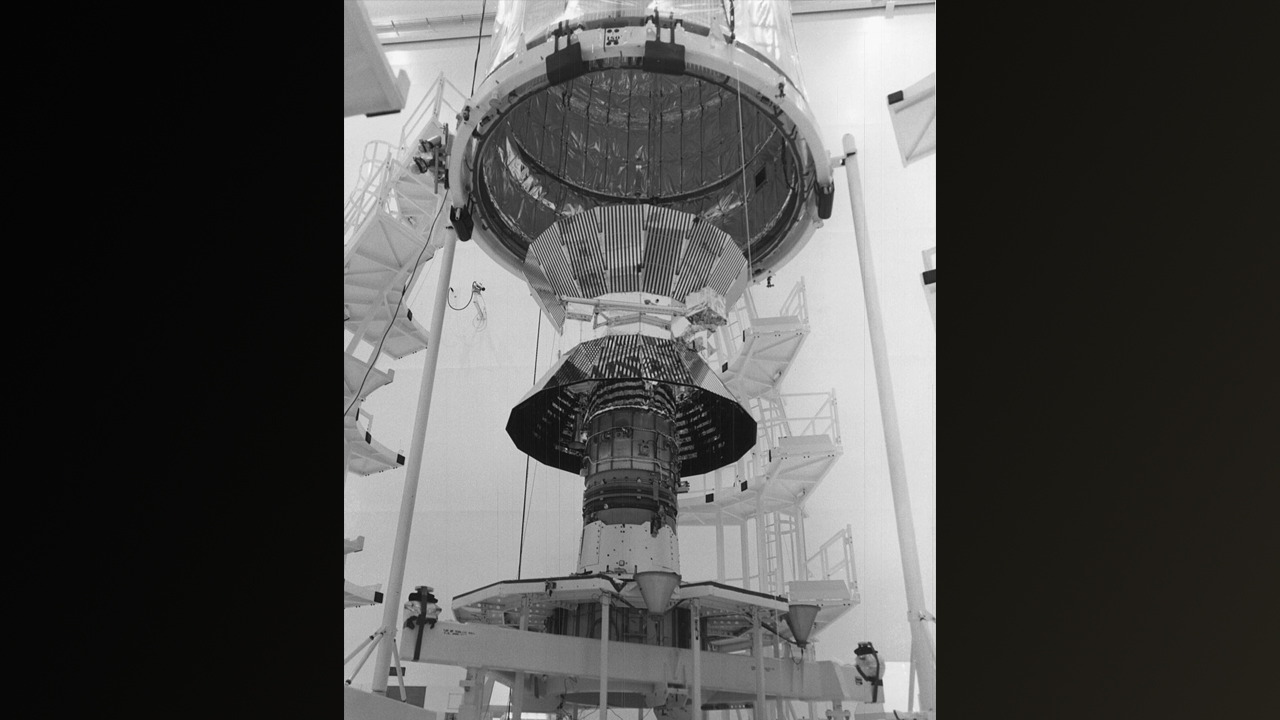
Helios 1, a joint mission between NASA and West Germany, was launched on December 10, 1974, to study the Sun. It made the closest solar approach at the time, providing unprecedented data on solar processes and significantly advancing our knowledge of solar physics.
Pioneer 10
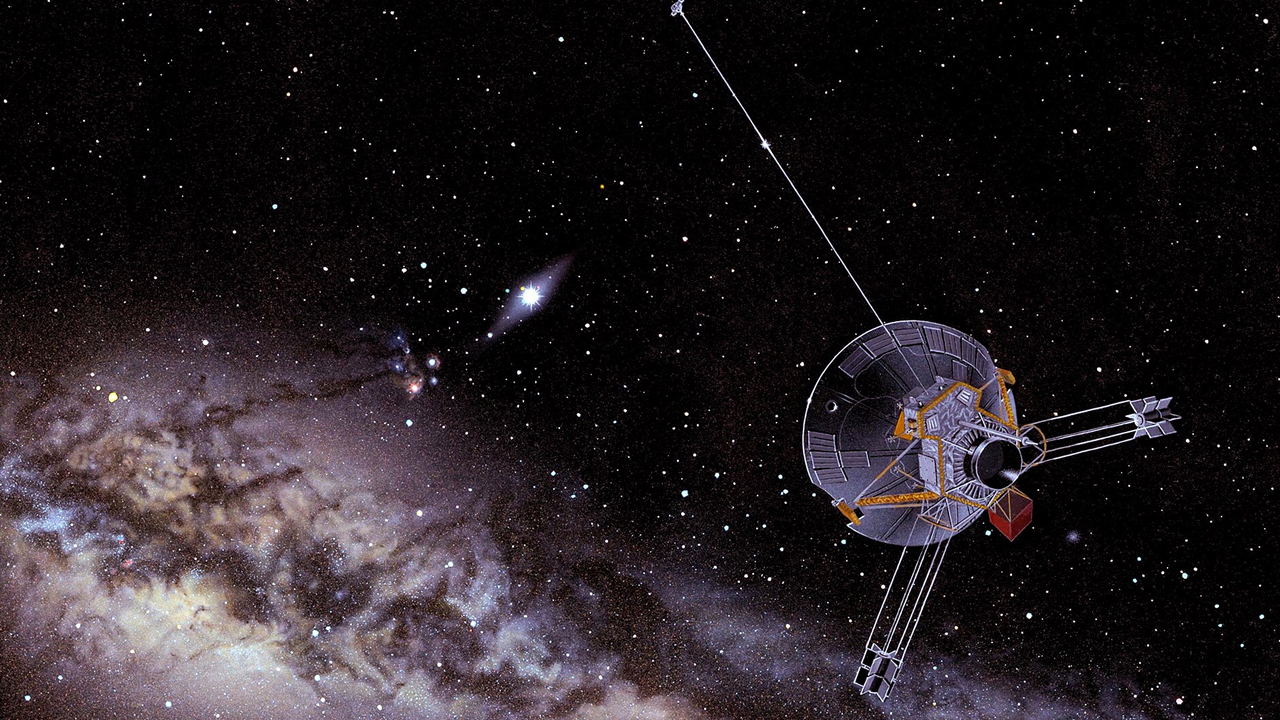
Pioneer 10, launched in 1972, was the first spacecraft to pass through the asteroid belt and make a direct encounter with Jupiter. This mission returned the first close-up images of Jupiter and tested technology that would be crucial for future outer planet exploration.
Viking 1 Orbiter
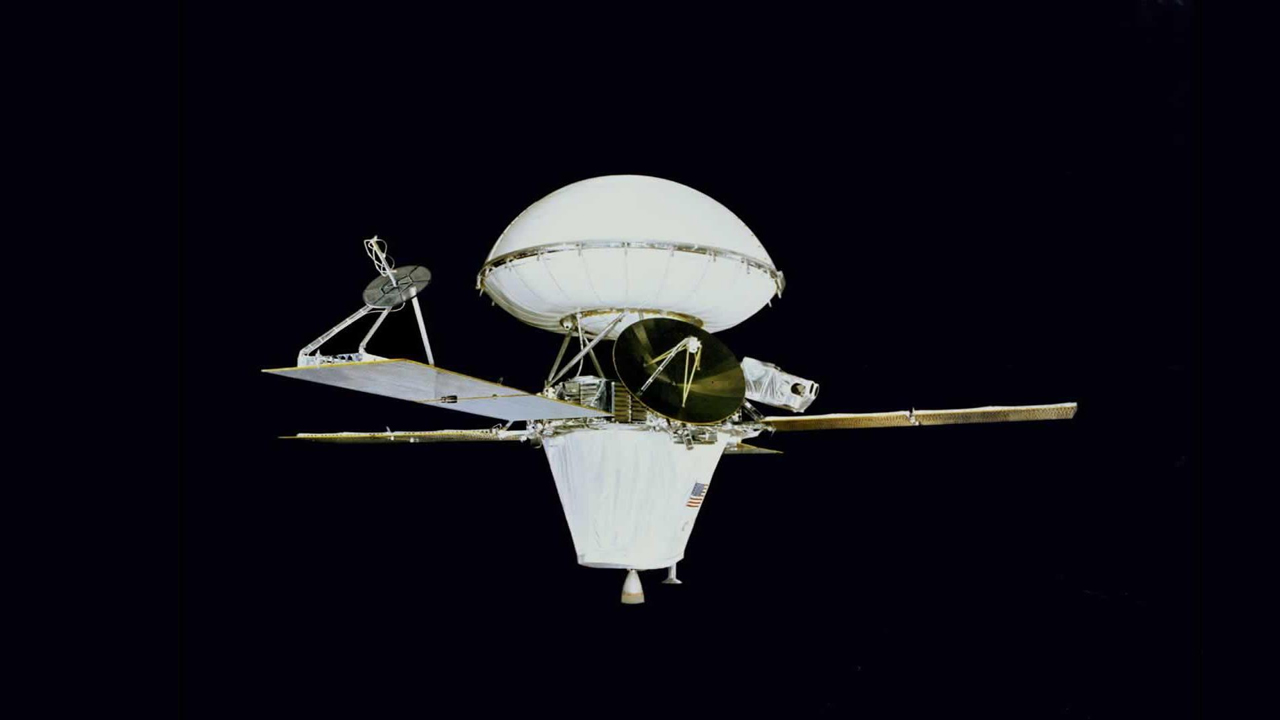
The Viking 1 orbiter, launched in 1975, was part of the first U.S. mission to land a spacecraft safely on Mars and return images. While the lander gets most of the credit, the orbiter mapped the Martian surface extensively, helping to select future landing sites.
Magellan
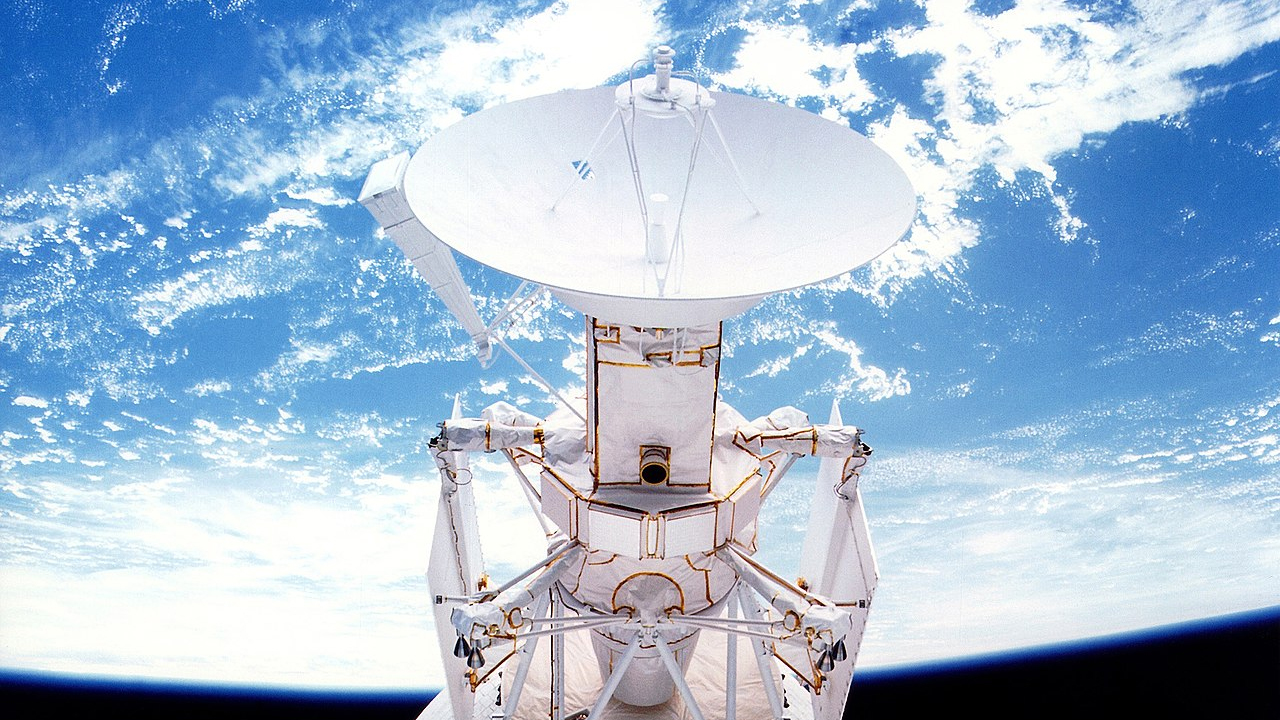
Launched in 1989, NASA’s Magellan spacecraft used radar to map the surface of Venus under its dense atmosphere, revealing details of its geology with unprecedented clarity. It provided insights into volcanic activity and continental drift on Venus.
During its mission, it mapped 98% of Venus’s surface, revealing detailed information about its geology, including evidence of widespread volcanic activity and tectonic movements.
The mission concluded dramatically when the spacecraft was intentionally commanded to plunge into Venus’s atmosphere on October 11, 1994. This final maneuver provided additional data on the planet’s atmospheric conditions and the behavior of the spacecraft during descent.
Transit 1B
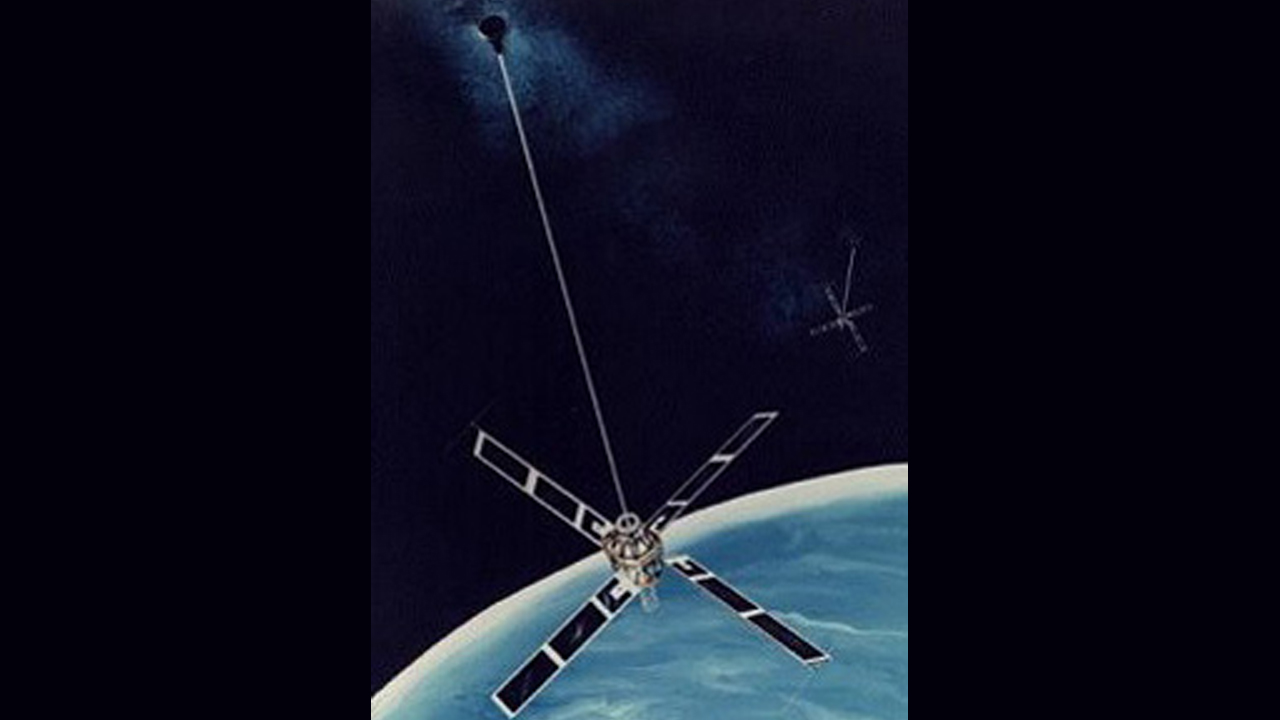
Transit 1B, launched on April 13, 1960, was the second satellite of the U.S. Navy’s Transit system, which was the first operational satellite navigation system. It was designed to provide accurate location data to submarines carrying ballistic missiles.
Although its predecessor, Transit 1A, failed to reach orbit, Transit 1B successfully demonstrated the feasibility of satellite navigation. This early success marked a pivotal moment in space technology, proving that satellites could be used for precise, global positioning tasks.
Shaping the Future

These missions, though not always in the public eye, have significantly shaped our current understanding of space and continue to influence the field of astronomy today. Each mission, successful or not, taught us more about our solar system and beyond, setting the stage for the next leaps in space exploration.
Ellen has been obsessed with logic puzzles, jigsaws, and cryptograms since she was a kid. After learning she was taught how to play chess wrong by a family friend (so they could win), she joined her school chess club and the rest is history.

